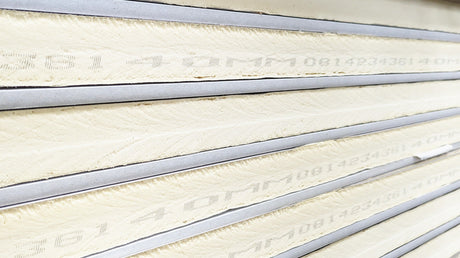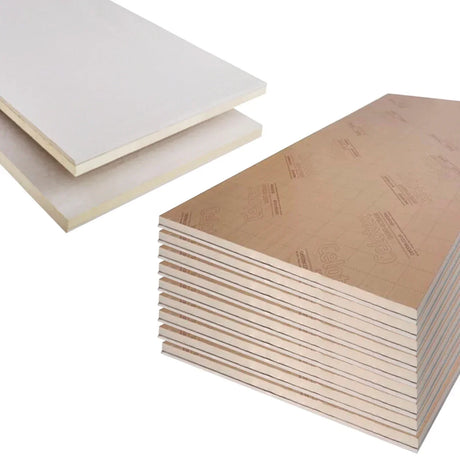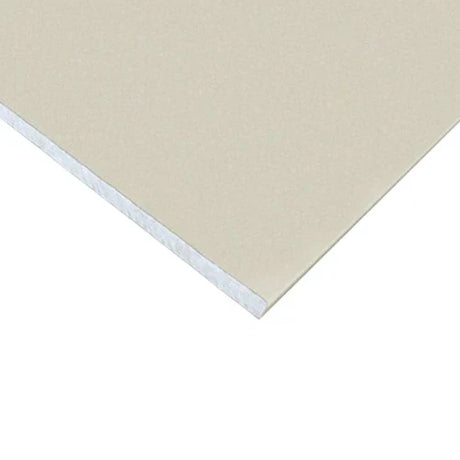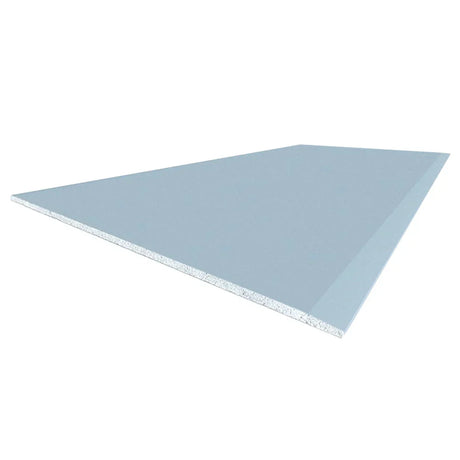The longevity of aluminium guttering represents one of its most compelling advantages, with exceptional service life compared to alternative rainwater management systems. Understanding the factors influencing this durability helps establish realistic expectations and appropriate maintenance practices to maximise performance throughout the extended lifespan.
Premium aluminium guttering systems from leading UK manufacturers like Marley Alutec, Alumasc, and Lindab typically provide 30-40 years of effective service under normal conditions. This impressive longevity derives from aluminium's inherent corrosion resistance, with the metal naturally forming a protective oxide layer that prevents progressive degradation when exposed to air and moisture. Manufacturer warranties typically range from 25-30 years for marine-grade aluminium alloys with quality powder-coated finishes, reflecting confidence in the material's durability even under challenging environmental conditions. These warranty periods represent minimum expected performance rather than maximum lifespan, with properly maintained systems frequently exceeding these timeframes by significant margins. Historical installations demonstrate that quality aluminium guttering can remain fully functional after 40+ years in appropriate applications with minimal intervention beyond basic maintenance.
The quality of the aluminium alloy significantly influences long-term performance, with marine-grade alloys like 6063-T6 and 3105-H24 offering superior corrosion resistance compared to general-purpose alternatives. Premium UK systems typically utilise these specialised alloys specifically selected for external building applications, containing silicon and magnesium additions that enhance both strength and environmental resistance. The extrusion or casting process employed during manufacturing influences material density and structural integrity, with higher-quality production methods creating more consistent material structure less prone to localised corrosion or stress concentration. Budget systems using lower-grade alloys or less rigorous manufacturing processes may show significantly reduced longevity despite similar appearance, making supplier reputation and material certification important quality indicators beyond simple visual assessment.
The powder-coating quality plays a crucial role in determining effective lifespan, particularly in challenging environments. Premium systems employ multi-stage pre-treatment processes including degreasing, etching, conversion coating, and priming before applying architectural-grade polyester powder coatings to thicknesses of 60-80 microns. This comprehensive surface preparation and coating system provides exceptional barrier protection that prevents environmental exposure of the underlying metal. The coating quality directly influences both appearance retention and corrosion protection, with premium systems maintaining colour stability and surface integrity throughout their extended service life. Lower-quality coatings may show premature degradation including chalking, fading, or film breakdown that compromises both aesthetics and protective function. For coastal locations or heavily polluted urban environments, this coating quality difference proves particularly significant in determining practical service life.
Installation quality substantially impacts realised lifespan, with proper fixing methods, appropriate bracket spacing, and correct fall angles ensuring optimal performance throughout the system's life. Professional installation following manufacturer guidelines typically incorporates 3-5mm per meter fall towards outlets, optimised bracket spacing based on specific profile strength characteristics, and proper fixing selection appropriate for the supporting structure. Careful attention to jointing methods, using recommended sealants or mechanical connections with proper preparation, ensures watertight integrity throughout the extended service period. Conversely, installation shortcuts like excessive bracket spacing, inadequate fall, or improvised jointing methods can significantly compromise even premium systems, creating performance issues long before the material reaches its potential lifespan. This installation quality factor explains why identical products often show different longevity between properties, with professional installation representing a worthwhile investment for maximising system lifespan.
Environmental exposure conditions create significant variability in practical service life. Aluminium guttering installed in mild inland environments with moderate rainfall and minimal pollution typically achieves maximum lifespan with minimal degradation. Coastal installations within 5km of the sea experience accelerated ageing from salt-laden air, though quality marine-grade alloys still provide excellent performance with 25+ years of service when properly maintained. Heavy industrial areas with acidic pollution or sites with excessive tree coverage creating constant organic debris accumulation may experience somewhat reduced lifespans without appropriate maintenance. These environmental factors interact with material quality and maintenance practices to determine actual performance duration, with premium systems under adverse conditions often outlasting budget alternatives in ideal locations. Understanding these environmental influences helps establish realistic expectations and appropriate maintenance intervals for specific installation locations.
Maintenance frequency requirements remain minimal compared to alternative guttering materials, but still influence long-term performance outcomes. Basic maintenance involves annual debris removal, particularly from outlets and hoppers where blockages can cause overflowing and water damage to building fabrics. Periodic visual inspection of joints, brackets, and surface condition allows early identification of any developing issues before they compromise system integrity. In challenging environments like coastal locations or areas with heavy tree coverage, increasing inspection and cleaning frequency to twice yearly provides additional protection against accelerated degradation. These minimal maintenance requirements represent significantly less intervention than required for many alternative systems, particularly traditional cast iron requiring regular painting or uPVC developing joint and UV-related issues requiring attention. The correlation between these simple maintenance practices and extended service life makes the minor effort highly cost-effective over the system's lifespan.
Component quality variations within systems can create premature failure points despite the aluminium guttering's inherent durability. Quality systems maintain consistent standards across all elements including outlets, connectors, angles, and downpipe components, ensuring the complete rainwater management system achieves uniform longevity. Particular attention to bracket quality proves important, as these supporting components often determine overall structural integrity for extended periods. Premium systems typically employ high-quality stainless steel fixings that maintain strength without corrosion, preventing the progressive loosening and eventual failure common with lower-grade alternatives. These seemingly minor component differences often determine whether systems achieve their full potential lifespan or require partial replacement due to localised failures despite the main guttering sections remaining serviceable.
Compatible material connections influence long-term performance when aluminium interfaces with other building elements. Direct contact between aluminium and copper or uncoated steel creates galvanic corrosion risk in wet conditions, potentially causing premature degradation at these junction points. Quality installations incorporate appropriate isolation measures at these material interfaces, using compatible fixings and connection details that prevent electrochemical reactions. Similar considerations apply to chemical compatibility with roof runoff, with cedar shingle roofs or certain treated timbers potentially creating acidic runoff that accelerates aluminium corrosion without appropriate protective measures. Understanding these material interaction principles helps ensure compatible connections that maintain system integrity throughout its intended service life.
Repair or replacement part availability represents another factor influencing practical lifespan. Premium UK manufacturers maintain consistent product lines with long-term spare part availability, allowing isolated component replacement rather than complete system renewal when localised damage occurs. This product continuity enables cost-effective life extension through targeted repairs even decades after initial installation. Comparison between established UK suppliers with multi-decade market presence and budget alternatives with uncertain long-term support highlights this often-overlooked factor in lifetime value assessment. For property owners prioritising extended service life with minimal intervention, this repair part availability represents a significant consideration beyond pure material performance characteristics.
Ultraviolet resistance contributes significantly to aluminium's exceptional longevity compared to alternative materials. Quality powder coatings incorporate UV stabilisers that maintain coating integrity despite decades of sunlight exposure, preventing the surface degradation common with uPVC alternatives. The aluminium substrate itself remains unaffected by UV radiation, maintaining structural integrity regardless of sun exposure patterns. This UV stability ensures consistent performance across all elevations regardless of orientation, with south-facing installations maintaining comparable condition to north-facing sections throughout the extended service life. For properties with prominent guttering visible from ground level, this appearance retention provides aesthetic benefits beyond pure functional performance considerations.









